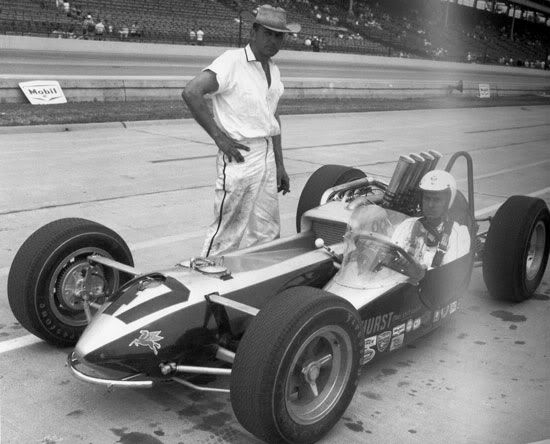You're absolutely right, the reason for intercoolers on forced induction engines is that cooler air is more dense and contains more oxygen. This allows the engine to burn more fuel for a given volume of intake charge, so making more power, but it doesn't necessarily mean that the fuel is burned more economically.
Fuel vaporisation in our cars is bad because it occurs in the fuel lines before the carburettors, and the carburettors are designed to work with the fuel in it's liquid state. In Smokey's engine, the vaporisation occurred after the fuel was mixed with the air. You'd still need the carburettor, or injection system to meter the correct fuel to air ratio.
I've no idea if it actually worked as claimed, or if it's just a wonderfully fanciful story. Being a designer, I would like to think it did, simply because I like the idea that things can still be improved by throwing away the rule book and looking at things with a fresh approach. However, I don't know enough about thermodynamics to understand if it did or not, and the fact that it hasn't appeared anywhere else does make me wonder.
Petrol vapour is potent stuff though, it's what catches people out when they try lighting fires with petrol. I remember watching a friend trying to light a BBQ with RC car nitro fuel, despite everyone else's best advice. He got within 6 inches of the BBQ with his match before the vapour caught light and went up in a big fireball. Luckily, he got away injury free except for the removal of all the hair on his right arm!!
Anyway, back on topic what seems to be a little vague is how the system prevented the charge from detonating. Preventing this is part of the reason we strive to control intake temperatures in conventional engines.
Tom


